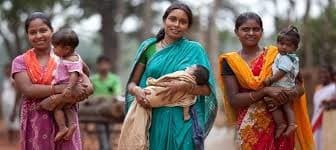Background
680 million Indians (56 percent of population) lack the means to meet their essential needs states a research done by McKinsey Global Institute in 2014. The Basic Needs Approach is an approach which helps in the measurement of absolute poverty and deprivation in underdeveloped and developing countries. This approach to development gives importance to meeting the essential needs of people. The definition of basic needs has been defined: they usually include the fulfilment of certain standards of nutrition (food and water) and the provision of health, education services and safety. They sometimes also cover tangible needs, such as shelter and clothing, and intangible needs such as employment, public participation rights and political liberty. Basic needs approach focuses on main indicators that are considered as parameters of well-being such as longevity, infant mortality rate, body mass index, educational accomplishments etc. McKinsey Global Institute has created the Empowerment Line, an analytical framework that determines the level of consumption required to fulfil eight basic needs—food, energy, housing, drinking water, sanitation, health care, education, and social security—at a level sufficient to achieve a decent standard of living rather than bare subsistence. (Gupta, 2014)
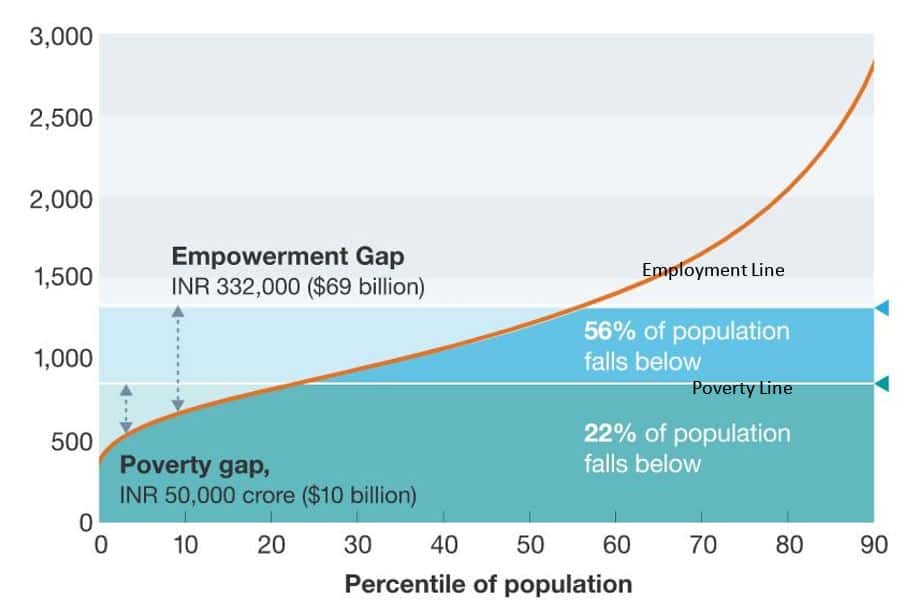
Figure 1 : Average monthly expenditure of India, Source: Mckinsey & Company
Related Articles:
- Planning and Informality in India
- Informal Sector in India
- Informal and Formal Settlements (Indian Context)
- Interpreting the “Sites of Entitlement” in informal India
An economic understanding observes increasing wages and faster growth as intermediaries for improved well-being. In any case, basic needs advocate argues that this depends firstly, on whether income is spent on satisfying essential needs where there are deficiencies or on luxuries that may ultimately have a harmful impact on well-being and secondly, on how income and the positive welfare benefits of increased income are distributed between and within different social groups. (Rimmer, 1981)
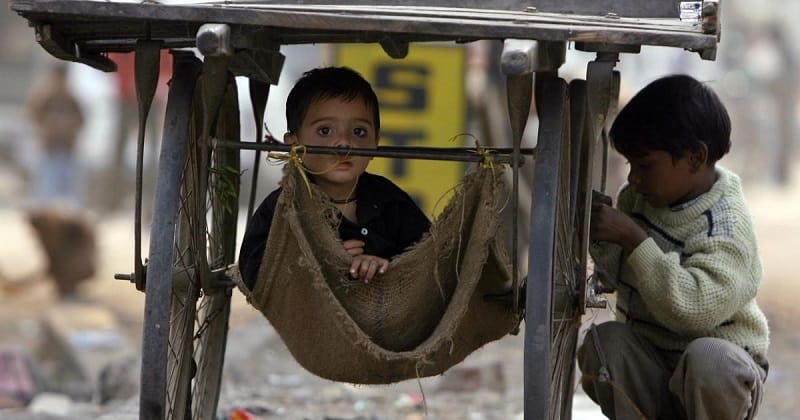
Figure 2: Lack of Basic facilities to people in India, Source: Globalcitizen.org
Evolution of Basic Needs Approach
The Basic Needs Approach gained momentum in the late 1970s when it became a central organising principle for development work in the International Labour Organization World Employment Conference in 1976. This reflected concern that the benefits of economic growth and development in developing countries had not reached down to the poor in the way that liberal economic theory had predicted. India’s economic reforms started in the early 1990s, resulting in a decline in the official poverty ratio from 45 percent in 1994 to 37 percent in 2005 (Institute, 2014). The World Summit on Social Development and Millennium Development Goals use basic needs extensively considering well-being and it is reflected in MDG’s focus on survival, health, hunger, safe water and basic education.
Basic Needs Today
Earlier basic needs of the man were food, clothing and shelter but with the passage of time, education and healthcare became important, as they develop a person holistically. In today’s time quality of life has taken over just survival. Social Infrastructures are a person’s first priority as they are the ones that keep us healthy and provide security. Therefore, if needs are not satisfied in time, it may result in illness, inability in functioning or even death in extreme cases.
Interpretation of Basic Needs
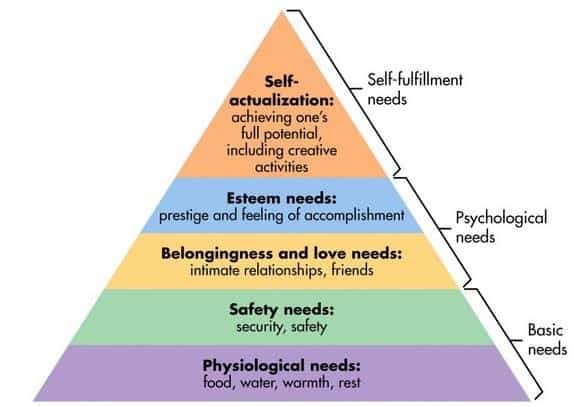
Figure 3: Maslow’s Hierarchy of Needs
Basic Needs before were different from today and will keep changing time to time. Maslow’s hierarchy of needs is a psychological theory comprising a five-tier model of human needs, often represented as hierarchical levels within a pyramid (Aruma, 2017). Needs that are lower down in the hierarchy must be satisfied before a person moves to needs higher up. From the bottom of the pyramid, the needs are physiological, safety, love and belonging, esteem and self-actualization. Maslow (1943) initially stated that individuals must fulfil lower level deficit needs before going on to meet higher level needs.
Related Articles:
- Human Poverty Index (HPI)
- Causes of Urban Poverty
- What is a Slum?
- Definition and Identification of rural poverty in India
Scenario of India
India is a developing country and most of it remains outside the mainstream of growth and development. Out of its 676 districts, by any criterion, around 125 still remain deprived, and out of 600,000 villages, around 100,000 remain deprived (Debroy, 2016). In the 2011 census, 72 percent of the population was classified as rural and 28 percent as urban. But this categorization states the fact that, between 2001 and 2011, most urbanization has taken place in “census towns” – that is, the part of India that is between rural and urban.
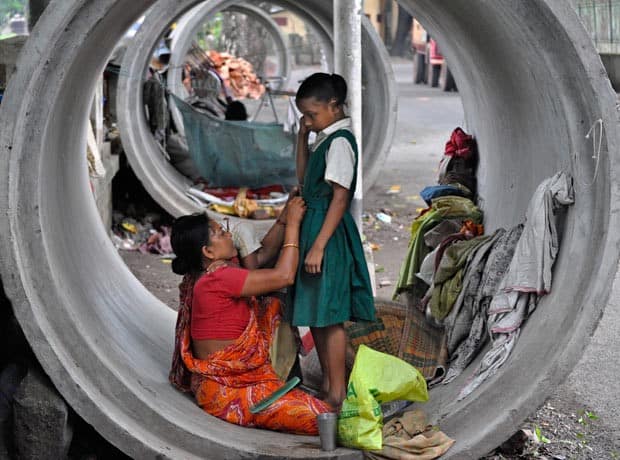
Figure 4 : Lack of facilities for vulnerable people especially women in India Source: blog.ipleaders.in
Around 100,000 villages in India have a population of less than 500, and it becomes difficult to deliver goods and provide services because the cost per unit of delivery is much higher (Debroy, 2016). The concept of “inclusive development” comes here, which focuses on equality in distribution of outcomes, including patterns of income. (Brinkerhoff, 1997)
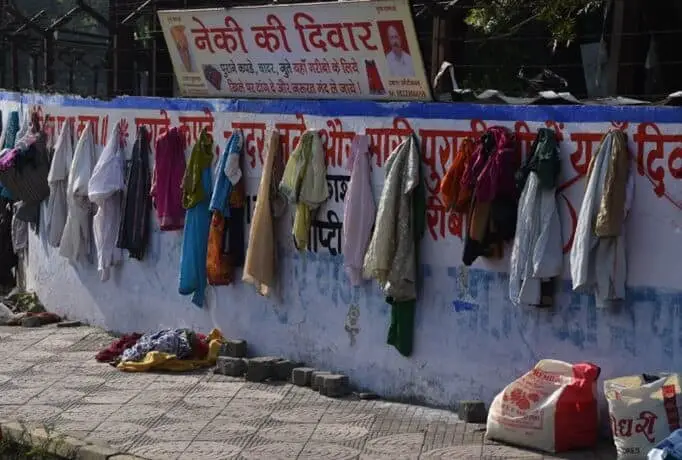
Figure 5 : Wall of Kindness in Maheshwar, Madhya Pradesh, India showing a way to fulfill the needs of people Image Source: Srishti Singh
McKinsey Global Institute estimated the availability of basic services by compiling an Access Deprivation Score. Bihar had the highest level of deprivation with an ADS score of 62 percent (the average resident lacked access to 62 per cent of services) followed by Uttar Pradesh, Jharkhand, Madhya Pradesh and Assam. Himachal Pradesh had the lowest access deprivation at 28 per cent followed by Punjab, Uttarakhand, Kerala and Tamil Nadu. Such statistics shows that there is an urgent need to deal with this situation in India otherwise we may lack behind in various sectors in the world scenario.
New Approach towards Basic Needs apart from Food, Clothing and Shelter
Mental Health
Around 8,00,000 people suicide due to mental illnesses in the age group of 15-29 years in the world (WHO). Mental health is hugely under resourced phenomenon and poverty prevent people from accessing the few services that do exist. Poverty brings with it heightened stress, social exclusion, malnutrition, violence and trauma, all of which contribute to mental illness. People should be provided with support who are dealing with any issue related to mental health.
Lack of education – no opportunities
According to UNICEF, about 25% of children in India have no access to education. The number of children who dropped out of school is higher among girls than boys. Without education, the chance of finding a living wage from employment in India is difficult.
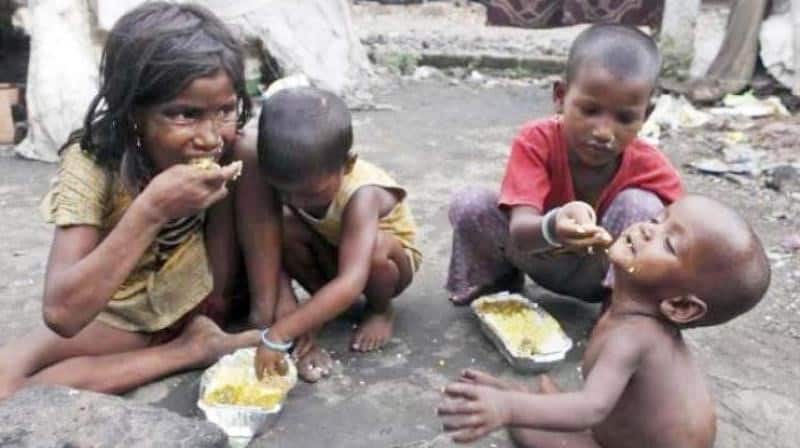
Figure 6 : Children do not get enough food for survival Source: Asianage.com
Malnutrition – not even a bowl of rice a day
India ranks quite high when it comes to malnutrition: More than 200 million people don’t have sufficient access to food, including 61 million children. 7.8 million infants were found to have a birth weight of less than 2.5 kilograms – threatening figures for a country commonly referred to as the emerging market. (www.unicef.org)
Child labour – no time to play and learn
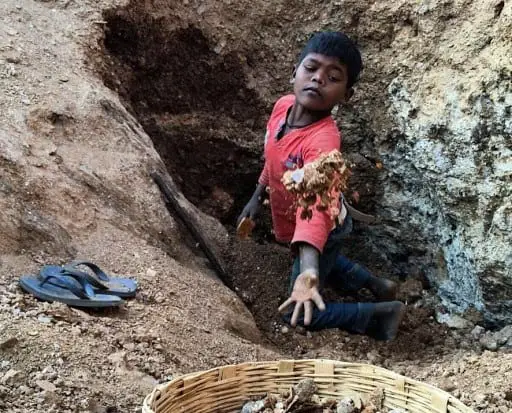
Figure 7 : Child Labour common activity witnessed in mines in Jharkhand, India Source: aisatvnews.in
Although there is a law for child labour in India, according to official figures, 12.5 million children between the ages of 5 and 14 are working especially in minerals mines in Jharkhand and Chhattisgarh. Usually, in order to survive and earn a living it is believed that Indian children work and contribute to the livelihood of their families. They work in the field, in factories, in quarries, in private households etc.
Provision of Basic facilities – A solution
Figure 8 : An Image portraying satisfaction among people Source:pristinepremixes.com
As world poverty expands and the gap between rich and poor widens, advocates increasingly support development policies designed to help the poor meet basic needs. Policies generally followed since the second World War have contributed to GNP growth but fail to reduce income inequalities and noticeably improve life for the poor. (Watson, 2014)
At the same time rural residents must be encouraged to become self-reliant. Labor intensive public works projects must be emphasized and small business enterprises encouraged. Self-help groups should be promoted which would help women fulfill their needs. Medical education must be reoriented toward the needs of the poor. Similarly, if the educational goals of functional literacy for all citizens and universal primary education of all children are to be met, the educational institutions must commit themselves to the poor while continuing to meet urban demands for improved education. (Streetan, 1981) Rural development will necessitate the allocation of increased energy resources to rural areas. On the other hand, local community and individual participation, decision making, and innovation are posited as necessary ingredients for successful project outcome.
Related Articles:
- Urban Planning and Economic Development
- How Urbanisation is Affecting India’s Cultural Heritage Sites
- What are Unauthorised Colonies? | Categories, Reasons of Formation, Problems Faced
About the Authors:
Author: Srishti Singh is a Bachelor’s in Architecture currently pursuing Masters of Planning in Department of Regional Planning at School of Planning and Architecture, New Delhi [2019-2021].
Co-Author: Harshita Khare is a Bachelor’s in planning currently pursuing Masters of Planning in Department of Transport Planning at School of Planning and Architecture, New Delhi [2018-2020].
References
- Aruma, E. O., 2017. ABRAHAM MASLOW’S HIERARCHY OF NEEDS AND ASSESSMENT OF NEEDS. International Journal of Development and Economic Sustainability, 5(7), pp. 15-27.
- Brinkerhoff, M. B., 1997. Basic Minimum Needs, Quality of Life and Selected Correlates: Explorations in Villages in Northern India. Springer, 1(42), p. 245–281.
- Debroy, B., 2016. What do India’s citizens want?, Mumbai: European Council on Foreign Relations.
- Gupta, R., 2014. India’s path from poverty to empowerment, Mumbai: Mckinsey and Company.
- Institute, M. G., 2014. From poverty to empowerment: India’s imperative for jobs, growth and effective basic services, Mumbai: McKinsey & Company.
- Rimmer, D., 1981. “Basic Needs” and the Origins of the Development Ethos. The Journal of Developing Areas, 15(2), pp. 215-238.
- Streetan, P., 1981. Meeting Basic Human Needs in Developing Countries, Washington: World Bank.
- Watson, D., 2014. Poverty and Basic Needs. Springer Science+Business Media, Volume 1, pp. 1-9.
- C. Dhingra, (2014). The Indian Economy, pp. 198-200.
- unicef.org/inida/
- https://www.weforum.org/agenda/2019/01/India-biggest-future-three-challenges-consumption/
- https://www.worldbank.org/en/news/feature/2011/09/22/india-urbanization
- https://odi.org/en/publications/poverty-in-remote-rural-areas-in-india-pattern-processes-of-reproduction-and-policy-imperatives/
- https://indians4sc.org/category/equality/poverty/
- https://cprindia.org/
